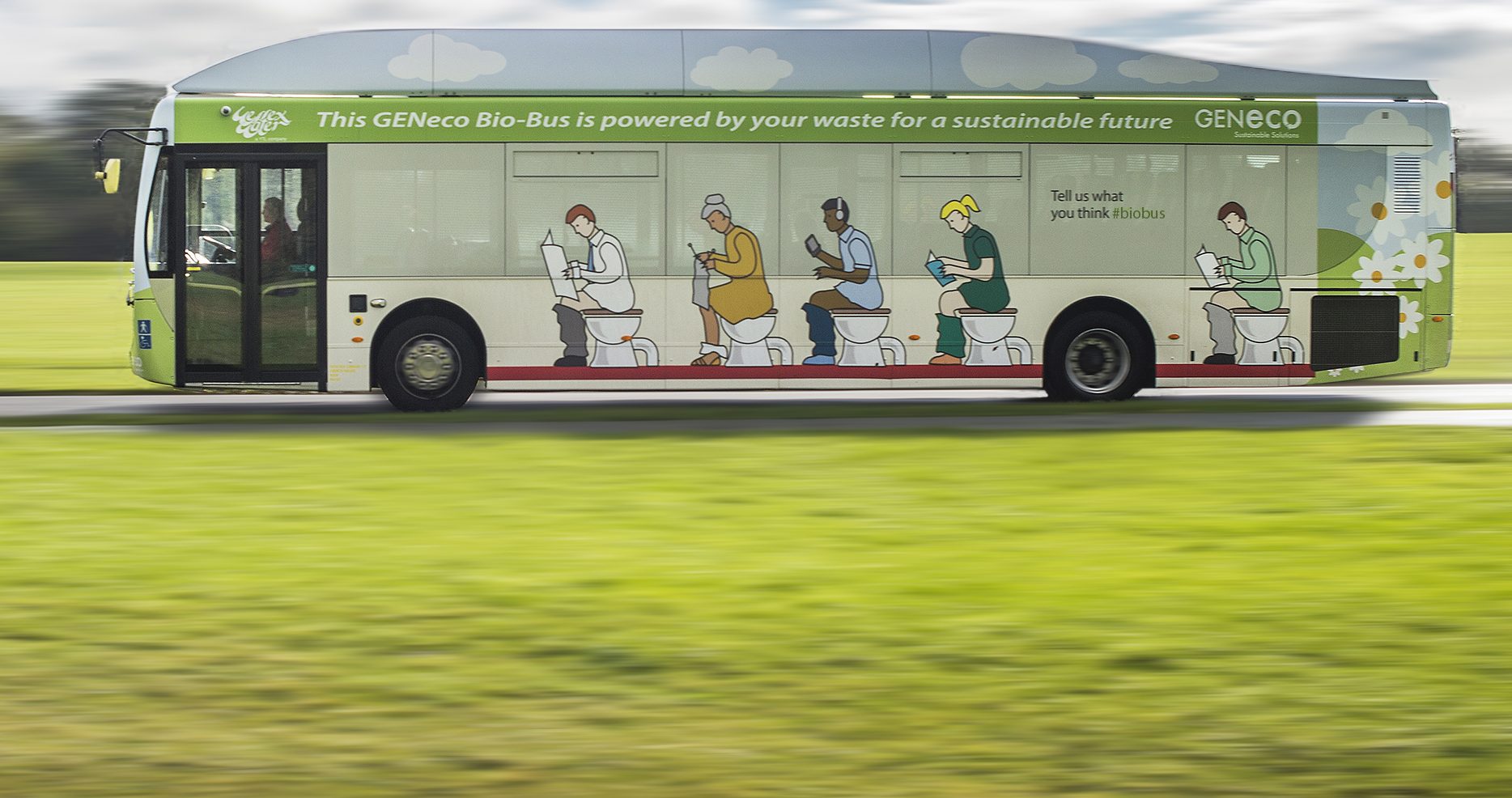There’s an old Yorkshire saying that goes, “Where there’s muck, there’s money.” The phrase means there’s a lot of money in dealing with dirty materials. The same can be said for wastewater treatment plants: Where there is organic waste, there is also money to be made or saved through the capture and use of biogas. Policy developments are making energy recovery from wastewater more attractive in Ontario and are likely to do the same in other provinces, as my team and I at the office of the Environmental Commissioner of Ontario recently reported in, Every Drop Counts: Reducing the Energy and Climate Footprint of Ontario’s Water Use.
An underutilized resource
Anaerobic digestion is used in some wastewater plants to reduce the volume of treated sludge and the cost of its disposal. It also creates opportunities to recover energy, through the production and capture of biogas from sewage sludge. Captured biogas can displace fossil fuels as an energy source for onsite heating, electricity generation, injection into the natural gas network (after cleanup to meet pipeline quality standards), and in natural gas vehicles.
The full potential for anaerobic digestion with energy recovery in the wastewater sector is just starting to be realized. Our survey of Ontario municipalities showed that only about 30 per cent of responding municipalities use anaerobic digestion. Of these, only about a dozen—generally large—wastewater treatment plants capture and use the resulting biogas for combined heat and power. Only one municipality, Hamilton, also cleans up the captured biogas for injection into the natural gas distribution system. The remaining plants with anaerobic digesters may use some of the biogas for onsite heating. Sadly, when there is no use for this heat, particularly in the summer months, the biogas is flared, wasting valuable energy.
Why don’t more municipalities capture and use biogas from sewage? Reasons include an onerous environmental approvals process and insufficient space at some facilities. However, the two most important factors have been uncertainty about the economic value of renewable natural gas and insufficient economies of scale.
Making the case for biogas
- The low price of natural gas in recent years has weakened the economic case for capturing and using biogas. This will change as the greenhouse gas reduction benefit of using biogas over fossil fuels is recognized and credited. Ontario has introduced carbon pricing through cap and trade and has also committed to establish a low-carbon content requirement for natural gas. As a consequence, the Ontario Energy Board is currently reviewing how to include renewable natural gas in the supply portfolios of gas distributors. This should lead to opportunities for wastewater plants connected to the gas grid to sell any biogas they produce at a predictable price on a long-term contract.
- Even when there is certainty about the financial value of biogas, smaller wastewater plants may not handle enough sewage to make biogas recovery worthwhile. Policy changes underway for waste management may help. Ontario’s new Strategy for a Waste Free Ontario commits to reducing the amount of food and organic waste going to landfill with the possibility of a complete ban on food waste in landfill by 2022. Ontario is also reviewing whether to continue allowing land application of untreated septage (waste from septic systems and portable toilets). If these organic materials can no longer be cheaply disposed of on land, they could be diverted to and used in anaerobic digestion and energy recovery at smaller facilities to enhance the biogas business case.
Wastewater energy hubs
Co-digestion—the anaerobic digestion of wastewater sludge combined with other organic materials like food waste and septage—can divert organic waste from land and increase biogas production. Ontario wastewater could produce up to 68 million cubic metres of biogas per year. The potential from all organic sources is twenty times larger, up to approximately six per cent of the natural gas delivered to customers in Ontario. Capturing and using this energy could reduce Ontario’s greenhouse gas emissions by up to two per cent—it’s a start!

Credit: ECO.
Instead of wastewater facilities staying out of sight, out of mind, they can become renewable energy hubs. A model for this is Saint-Hyacinthe, Quebec, where organic waste from 23 municipalities and other local sources, such as greenhouses and farms, is treated at the wastewater plant to produce pipeline-quality biogas. Stratford, Ontario, has recently announced a similar pilot project to integrate digestion of household organic waste at its wastewater plant. Collaboration is key to securing success for this new energy vision. Concerns with increased truck traffic and technical issues with treatment of different feedstocks in the digester may need to be addressed, but efficient solutions exist.
The time is now
A second phase of federal-provincial infrastructure funding is expected in the next few years. Water and wastewater systems are likely to be areas of focus, as they were in phase one through the Clean Water and Wastewater Fund. The Environmental Commissioner of Ontario believes municipalities should consider using these funding opportunities to invest in anaerobic digestion and energy recovery, among other climate-wise solutions.
The time has come to remove the word waste from our wastewater and recognize it for the valuable energy resource that it is. Let’s not miss this opportunity.
 Dianne Saxe is the Environmental Commissioner of Ontario.
Dianne Saxe is the Environmental Commissioner of Ontario.











